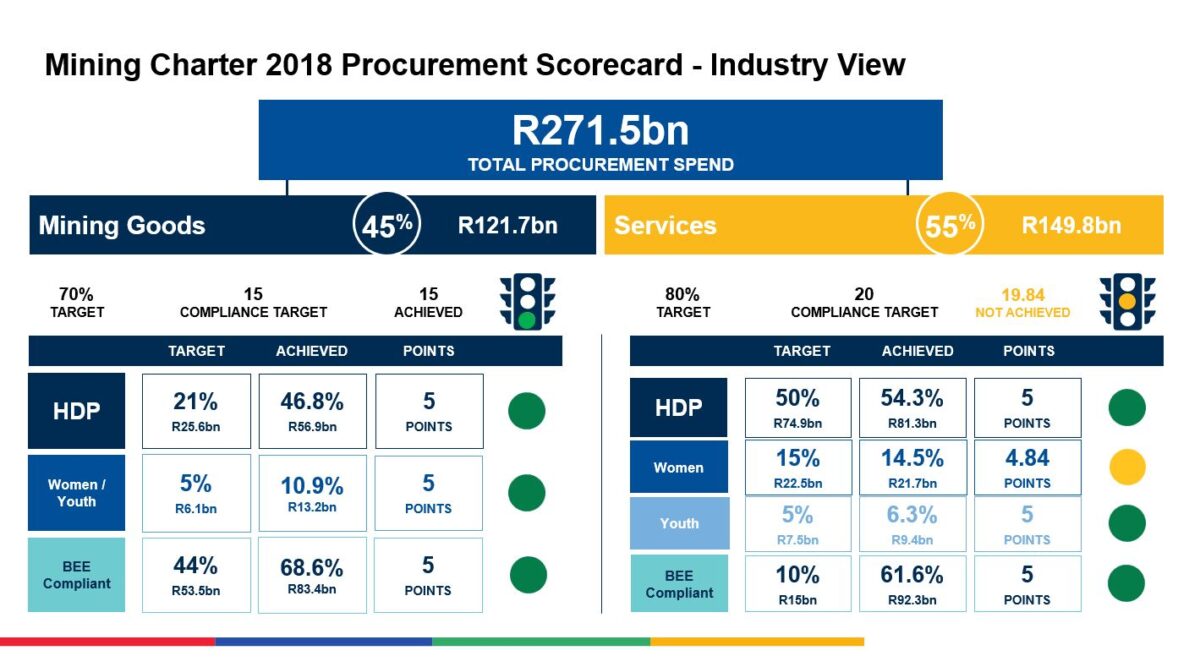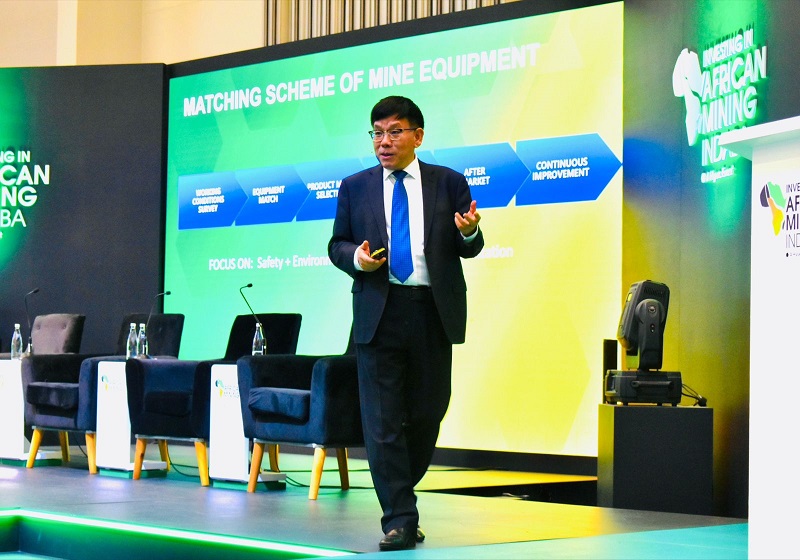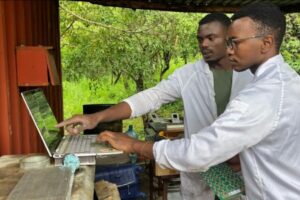Investment considerations in the green economy
Image: www.123rf.com
As the world recovers from the coronavirus pandemic, many countries have pledged to ‘build back greener’. The green economy therefore has an important role to play in global post-COVID-19 recovery and is opening up new investment opportunities and attracting new investors to the mining industry – an economic sector that will be vital in supplying the raw materials needed to support the growth of the green economy.
This was the topic of discussion at an Africa Mining Forum (AMF) digital event session entitled, Raising lucrative capital for juniors in Africa. The session was sponsored by diamond producer Catoca and featured Tony Harwood, President and CEO of Montero Mining and Exploration; Brian Menell, Chairman and CEO of TechMet; Peter Major, Director: Mining at Mergence Corporate Solutions; and Tom Attenborough, Head of International Business Development for Primary Markets at the London Stock Exchange.
Africa could play a significant role as a supplier of battery raw materials to support the growth of the green economy, with many junior mining companies (and a few majors) developing battery metals projects across the continent.
Menell, whose focus at Techmet is to gain exposure to world-class projects across the technology metal supply chain, suggests that we can expect massive demand growth on the back of the global energy transition. “We are at the start of a supply/demand dislocation for battery metals. If we are to meet even the most pessimistic predicted electric vehicle adoption figures, it will require billions of dollars of investment over the next five years as well as significantly higher commodity prices are needed to stimulate supply to meet global growth and demand.”
Moreover, he says that investors will have to play their part in providing the capital needed to successfully grow the green economy and in so doing, could create a lot of value by engaging in this space because of the supply/demand dislocation and the value creation opportunities inherent in this.
The most exciting metals that will attract the most investment are the ones that will be considered as counter cyclical or at least super cycle driven, such as battery metals, says Menell. Despite this, investment will continue to be needed in commodities that drive global growth and infrastructure, not only those needed to drive the green economy. Having said that, the big winners will be those commodities that drive the green economy.
Weighing in on this, Harwood, agrees that there won’t only be massive investment made into the commodities that will drive the green economy, but also those that will drive ongoing global growth more and infrastructure development. “With generally low commodity prices and a lack of investment appetite to drive exploration over the past 10 years, I believe that the post-COVID-19 growth surge will increase demand for raw materials across the board,” he says. This he believes, will in turn spur investment into the junior mining and exploration sector due to the lack of new discoveries and new mines needed to meet the demand.
The fundraising challenge
Despite the clear need for investment in the mining sector, there is however one major stumbling block – the ability for juniors to raise the capital necessary to bring these mining projects into production.
The past decade has been particularly challenging for the junior mining sector to secure funding – with a shift away from being able to raise capital on public markets to having to find alternative sources of capital such as equity, brokers and sovereign wealth funds.
Thing are however changing says Attenborough, noting that one of the side-effects of the COVID-19 pandemic has been to reinforce the value of using public markets to raise capital. While the narrative on public markets has been that it has been tough for mining companies to raise capital, with mining companies looking elsewhere to raise capital. But the COVID-19 pandemic has made it tough to raise long term capital through the mining cycles, by means of private equity for example.
Attenborough notes another trend that has emerged from the COVID-19 pandemic and that is the desire by countries to build back greener and better than before. This trend may be helpful for sources of capital that may have not enjoyed the cyclical nature of the mining industry, who can now instead see the structural changes that will take place over the next couple of decades that may provide a different investment story. This may lead to a diversification of capital sources in future, which bodes well for the mining sector, Attenborough believes.
Onerous regulations prevent investment, scaring away investors
Harwood says that the single biggest challenge for the junior mining sector, in Africa in particular, has been that countries and their governments have not provided the stability needed by mining companies to attract foreign investment and to deliver on the continent’s mineral wealth. Onerous changes to mining laws and legislation have caused a tremendous problem and have led to some discoveries never reaching the point of development.
Major, a veteran mining engineer and respected mining sector analyst, says that governments in Africa have time and again implemented onerous laws or changed the rules and chased away investors. “South Africa is the poster child of onerous regulations chasing away good mining investment opportunities,” says Major.
Menell says that African governments are at a strategically important crossroads and at a moment of very crucial choice. On the one hand, governments can either choose between extracting more value from the battery metals boom in the short term as it gathers more pace and in so doing significantly limit the extent to which they will be medium and long term beneficiaries from this global supply/demand dislocation. On the other hand, governments can take a step back and evaluate the longer-term opportunities in which they could become substantial winners by creating a welcoming environment for investment in order to stimulate growth and production.
You can listen to a recording of the session by registering at Africa Mining Forum as well as join the remainder of the live discussions during the event from 16-20 November 2020.
Share this content:















Post Comment